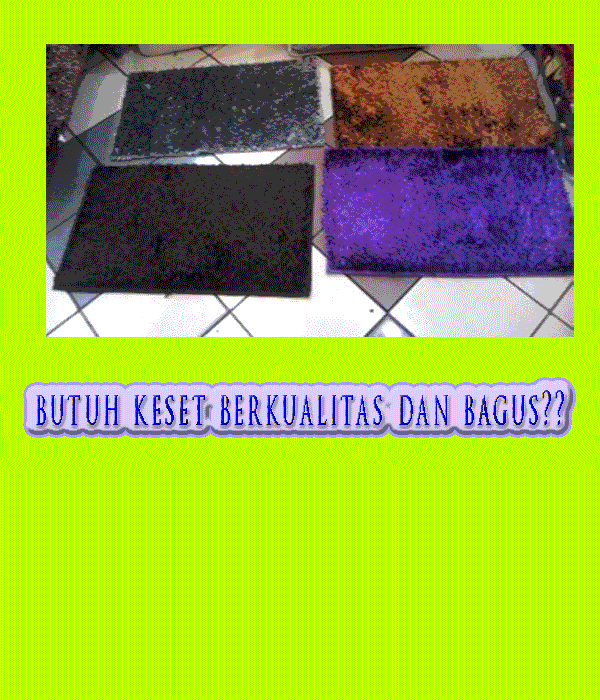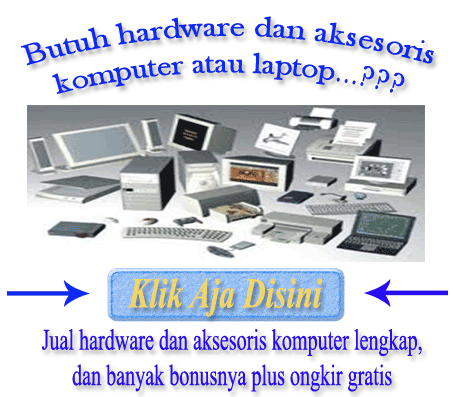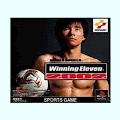It's kind of like dating--that's the bad news. There's a lot of effort involved, and sometimes, there's some humiliation. But when you're an entrepreneur competing for the affections of the world, there's always a new heart and mind to try to win over because attracting customers never ends. So it's no wonder you want to try to bring in a ton of them at once by pulling off a marketing stunt.
The good news is, marketing stunts often work. Throughout history, entrepreneurs have tried to be creative about how they inform the public of their product. In 1903, for instance, newspaper publisher Henri Desgrange started a new bicycle road race as a temporary publicity stunt to promote his newspaper, never imagining that the Tour de France would be going strong more than 100 years later. The Miss America Pageant was created in 1921 as a clever way to attract business and tourists to Atlantic City. The Pillsbury Bake-Off, which was launched in 1949, was intended to be a one-time event, but it's become an annual event for the baking company.
But history is also littered with tales of marketing stunts that ran amok. According to a 1926 Associated Press article, for instance, there was a candy company in Berlin that tried dropping foil-wrapped chocolates on its citizens to advertise their services. But police had to step in after they received complaints of bruises and of children's Sunday school suits being ruined; they had numerous gripes from bald-headed men who were getting splattered with the sweet treats. In 1976, several airlines launched an ill-conceived marketing stunt and began giving away free drinks to coach passengers in order to convince people to fly. It was apparently popular with the public, but passengers weren't the only ones getting hammered: So were the companies' bottom lines as passengers drank up their profits.
In the spirit of helping you learn from other business's successes and failures, we offer our list of 10 marketing stunts that exceeded expectations--and five that badly flopped.
The Stunt: In the morning, an ad appeared in The New York Times with a headline that read: "Taco Bell Buys the Liberty Bell." The ad copy explained that Taco Bell was "pleased to announce that we have agreed to purchase the Liberty Bell, one of our country's most historic treasures. It will now be called the 'Taco Liberty Bell' and will still be accessible to the American public for viewing. While some may find this controversial, we hope our move will prompt other corporations to take similar action to do their part to reduce the country's debt." It sounded logical, if distasteful. In another press release, Taco Bell helpfully explained that people had been "adopting" highways for years and that purchasing a national treasure was just a way of furthering that idea.
What Happened Next: Thousands of people called in their complaints to the home of the Liberty Bell, the National Historic Park in Philadelphia, but by noon, Taco Bell admitted what many people suspected, since the day was, after all, April 1. The Taco Bell ad was an April Fool's joke, and the media and public ate it up (no pun intended). More than 650 print media outlets and 400 broadcast outlets covered the prank, reaching more than 70 million Americans, according to Taco Bell's marketing department. The company's revenue increased by $500,000 that day, and by $600,000 more the following day, compared to the previous week's sales. Even then-White House spokesperson Mike McCurry, when asked about the Taco Liberty Bell, got inspired to reveal that the Lincoln Memorial had been sold and would from now on be known as the Ford Lincoln Mercury Memorial.
Lesson Learned: It can pay to have a sense of humor about your business.
Company: ProShade
Year of the Stunt: 2006
The Stunt: ProShade is a company that makes a 3-in-1 gadget that combines a visor, sunglasses and a lanyard--which is a cord and a hook that allows you to carry something on them, like keys or a pocketknife or what have you. Proshade made an intriguing offer to the National Park Service earlier this year when they proposed to give $4 million to Mount Rushmore in exchange for getting to put a logo visor on each of the presidents' heads. The company explained in a news release, "The National Park Service needs more support in preserving Mount Rushmore. There's a dearth of funding in the budget to provide the national landmark with the facelift it needs. If they accept, we'd like this to go toward preservation efforts-including a much-needed pressurized wash."
What Happened Next: Although the National Park Service didn't take them up on their offer and despite the fact that any decent journalist knew they were being taken, the company received a fair amount of publicity for their outlandish offer. One writer for Adweek summed it up best in a column about ProShade's concern for Mount Rushmore when he said, "This obviously smacks of a blatant publicity stunt, as I can't conceive of anyone agreeing to this offer (especially at such a low price). But I'll write about it, anyway."
Lesson Learned: Journalists are human, too--they love a good story. Give it to them, and they just may take you up on writing about it.
Company: GoldenPalace.com
Year of the Stunt: 2004
The Stunt: Because they're legally restricted from advertising in traditional media, online casino GoldenPalace.com, based in the Caribbean, has devised many marketing stunts to grab the public's attention, from paying people to tattoo their logo on body parts to--earlier this year--purchasing William Shatner's kidney stone for $25,000, so they could auction it off for charity. But their most famous marketing stunt took place a few years back when they bought a partially eaten grilled cheese sandwich for $28,000. But it wasn't just any sandwich: It looked like the likeness of the Virgin Mary had been burned into the bread.
What Happened Next: The casino received worldwide attention for their purchase, getting media exposure in everything from USA Today to the BBC to China Daily. CNN, FOX and MSNBC all covered it, as did the evening news networks. The casino likely saw the $28,000 as a bargain, considering that not only did it buy them a lot of media exposure, they were able to milk it for quite awhile. They later generated a few more headlines for buying the pan that the revered grilled cheese sandwich was cooked on, they still sell T-shirts emblazoned with the image of the Virgin Mary grilled cheese sandwich, and they took the blessed food on a world tour, displaying it in places like the Hard Rock Caf� in Las Vegas. They even organized the Goldenpalace.com World Grilled Cheese Eating Championship in early 2005, in which world competitive eaters came to Venice, California, to eat as many grilled cheese sandwiches as possible--and to win $10,000.
Lesson Learned: Even the most outlandish marketing stunts--including those involving the often-dicey topic of religion--can work to a company's advantage. The important thing to remember is that the marketing stunt should fit into the character of the business. You could definitely argue that any marketing stunt in the name of charity is only going to make an online gambling casino look better, especially when it's located on an island outside the United States' reach. And if the public's expectations of your business are low to begin with, it's harder for a marketing stunt to blow up in your face.
Company: Burger King
Year of the Stunt: 1998
The Stunt: Obviously inspired by the good folks at Taco Bell, Burger King put out an ad in USA Today, stating that they'd re-engineered their most famous sandwich in order to benefit 32 million Americans, and now they were ready to present . . . the Left-Handed Whopper. They offered details of how the sandwich had been designed to fit more comfortably in the left hand, including rotating the condiments and redistributing the weight of the toppings.
What Happened Next: This one didn't go over quite as well as they'd hoped, since some of those 32 million Americans came into the restaurant and were annoyed to discover they couldn't actually order the Left-Handed Whopper. Still, there was no real backlash when the restaurant chain admitted it had been an April Fool's stunt, and since the ad brought in customers, including many who requested that they receive a right-handed burger, it should be called a success.
Lesson Learned: No harm in being inspired by successful marketing stunts that have come before, as long as you provide your own twist. The newspaper ad on April Fool's Day had already been done, but otherwise, it was a creative gag. Certainly, Burger King was encouraged by the prank: They've continued to have a sense of humor when it comes to their marketing, their latest gag being the website, www.subservientchicken.com , which was unleashed on the internet without much fanfare--only a few friends of people who worked for Burger King's ad agency were told about it--allowing word-of-mouth to spread and customers to discover it for themselves. For those of you who haven't heard of it, it's a video of somebody in a chicken suit who will fulfill (almost) any command you type in for it. In the past several months, the site has received nearly 20 million hits, and web surfers spend an average of six minutes playing the game. Seems it never hurts to have a sense of humor.
Company: SonicYoga.com
Year of the Stunt: 2002
The Stunt: Soon after launching his Manhattan-based yoga school in 2001, owner Jonathan Fields teamed up with Adelphi University to run the first-ever study on determining how many calories yoga burns. Knowing that the idea had media appeal--in fact, Fields also owns a marketing firm called Creative Vibe which he started in 2003--he sent a note to several top fitness magazine editors in New York City, explaining the concept of the study and offering an exclusive to whatever editor reached him first and agreed to do a story on the study. Within a week, Self magazine committed--and even asked to be in the study.
What Happened Next: After the article was written, an editor at Self called Fields and mentioned that it was a shame the studio didn't have a yoga instruction video to go with the article. Fields instinctively said, "Oh, we do have a video. It's in post-production, and it'll be out by the publication date." He quickly made up a name for the video and a price so the editor could add that information to the article, then he hung up and turned to his partner and said, "We need to make a yoga video very quickly." They put together a video, which sold out after the magazine hit the shelves. Since then, they've made four more videos.
Lesson Learned: There's something to be said for thinking big and on the fly. Fields could have been extremely embarrassed had he not been able to quickly produce a workout video that actually was generally well reviewed. And certainly another lesson to take away from this is that when you're small, teaming up with big names--Adelphi University, Self magazine--can make you seem bigger to the public than you really are. But maybe the best lesson is to emulate Fields' confidence. As Fields puts it, "If you want to be in the news, make news. You don't need connections, you don't need a publicist, but you do need to think way outside the box." Having said that, Fields cautions, "Even in the throes of wild creativity, there's a sound business reason, beyond publicity, to do what you want people to notice. Integrity is paramount."

.jpg)







0 komentar:
Post a Comment
If you want to comment , you must be a member of this blog ....
click on " Join this site " to become our member ...
thank you
Note: only a member of this blog may post a comment.